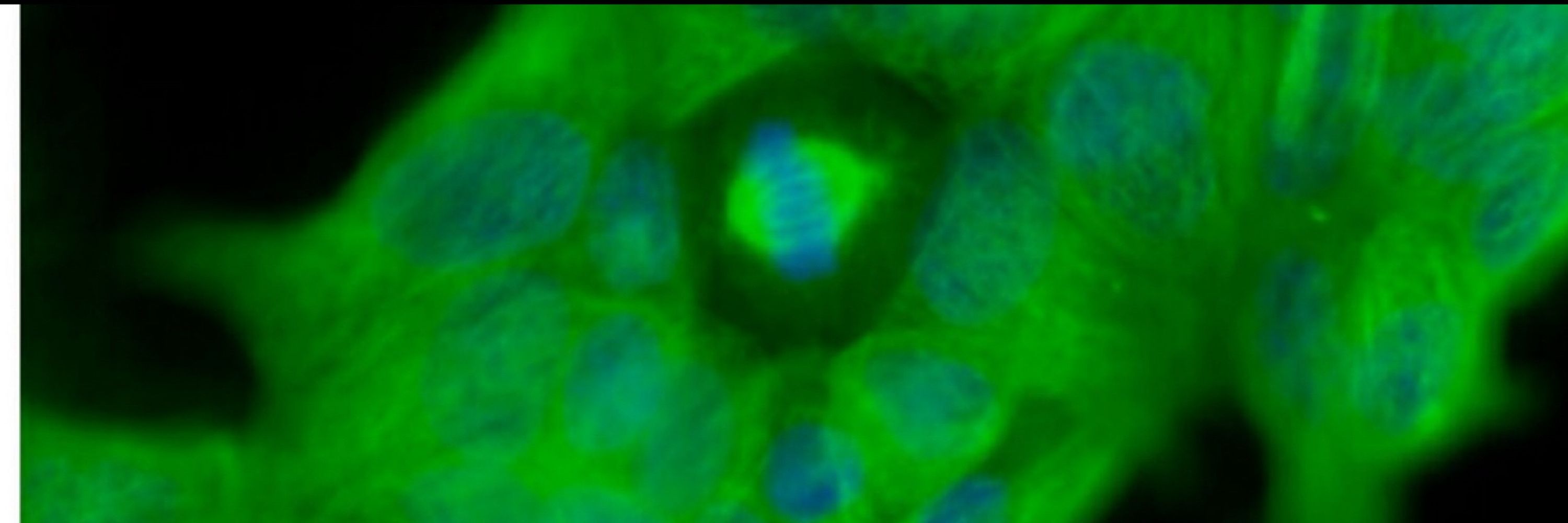
With a #HealthResearch grant, @mariabernabeu.bsky.social uses analytical techniques and human 3D models of blood vessels to ⬆️ our understanding and test new therapies.
https://tinyurl.com/2vtjnwn6


We answer a longstanding question in the field. Do immune cells cause cerebral malaria?
The answer is YES!!!! And independently of P. falciparum accumulation in the brain.
www.biorxiv.org/cgi/content/...

We answer a longstanding question in the field. Do immune cells cause cerebral malaria?
The answer is YES!!!! And independently of P. falciparum accumulation in the brain.
www.biorxiv.org/cgi/content/...

We answer a longstanding question in the field. Do immune cells cause cerebral malaria?
The answer is YES!!!! And independently of P. falciparum accumulation in the brain.
www.biorxiv.org/cgi/content/...
Using a 3D brain microvessel model, we show:
1) an unappreciated role of brain pericytes in cerebral malaria pathogenesis
2) Tie-2 activation by AKB-9778 as a potential therapeutic avenue
www.embopress.org/doi/full/10....

www.biorxiv.org/content/10.1...

www.biorxiv.org/content/10.1...
First, congratulations to the fearless @liviapiatti.bsky.social and @alinabatzi.bsky.social
rdcu.be/ezBl7

First, congratulations to the fearless @liviapiatti.bsky.social and @alinabatzi.bsky.social
rdcu.be/ezBl7
Supported by the Klaus Tschira Stiftung & many partners, these ‘labs on wheels’ enable the study of life in context across Europe, with a view to global impact. 🌍🧬
www.embl.org/news/connect...
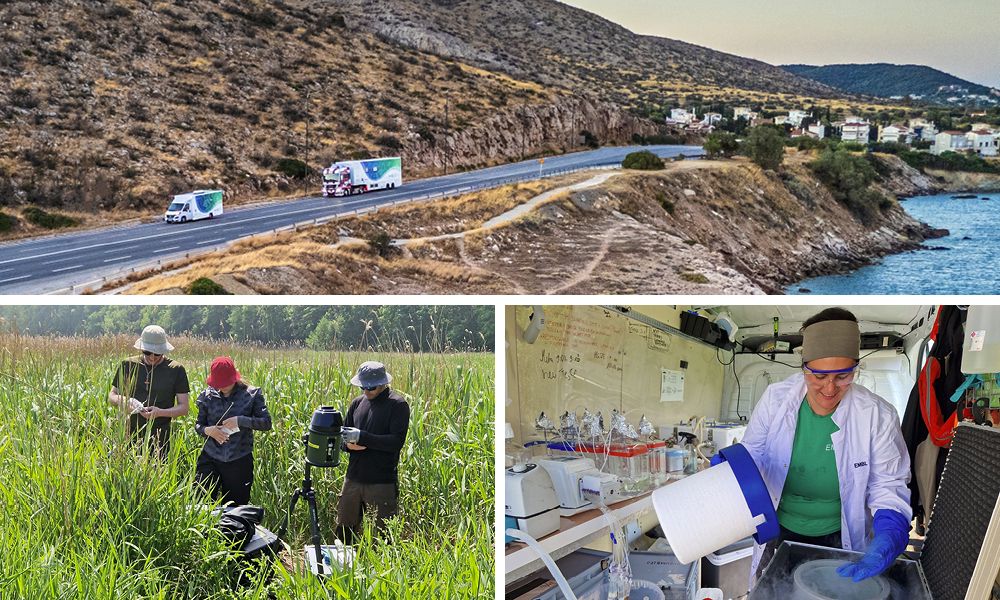
Supported by the Klaus Tschira Stiftung & many partners, these ‘labs on wheels’ enable the study of life in context across Europe, with a view to global impact. 🌍🧬
www.embl.org/news/connect...
www.cell.com/cell-host-mi...
www.cell.com/cell-host-mi...
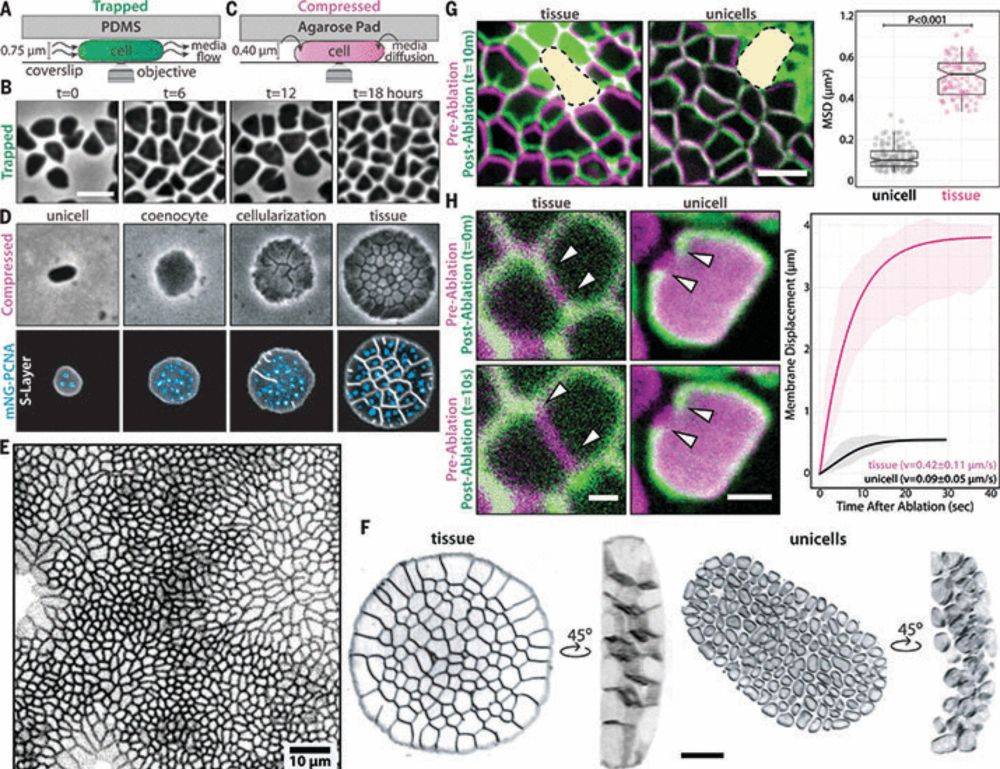
www.nature.com/articles/s41...
Thx to Andreas, Hammad, Dmitry, Gerhard @laynefrechette.bsky.social and everybody else who contributed!
www.nature.com/articles/s41...
Thx to Andreas, Hammad, Dmitry, Gerhard @laynefrechette.bsky.social and everybody else who contributed!

Join us in Roscoff for an exceptional speaker line-up and stunning venue!
🗓️Abstract deadline: March 4.
Register and share!
www.insb.cnrs.fr/fr/origin-me...
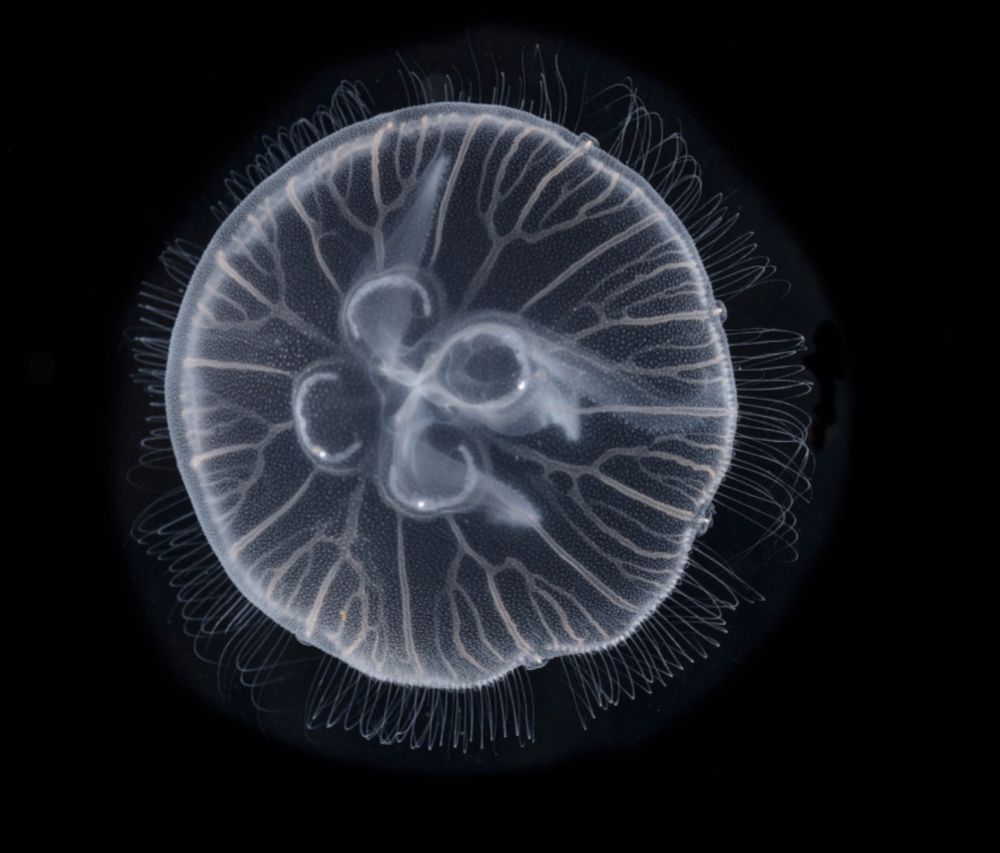
Join us in Roscoff for an exceptional speaker line-up and stunning venue!
🗓️Abstract deadline: March 4.
Register and share!
www.insb.cnrs.fr/fr/origin-me...
www.biorxiv.org/content/10.1...
www.biorxiv.org/content/10.1...
Deeply grateful to the Society for recognizing our work on understanding how niche cells drive polarization and asymmetric division of human hematopoietic progenitors.
sbcf.fr/en/newslette...
Deeply grateful to the Society for recognizing our work on understanding how niche cells drive polarization and asymmetric division of human hematopoietic progenitors.
sbcf.fr/en/newslette...
aacrjournals.org/cancerres/ar...

aacrjournals.org/cancerres/ar...
JCB's January issue is here ✨ https://buff.ly/3ZZLqwE
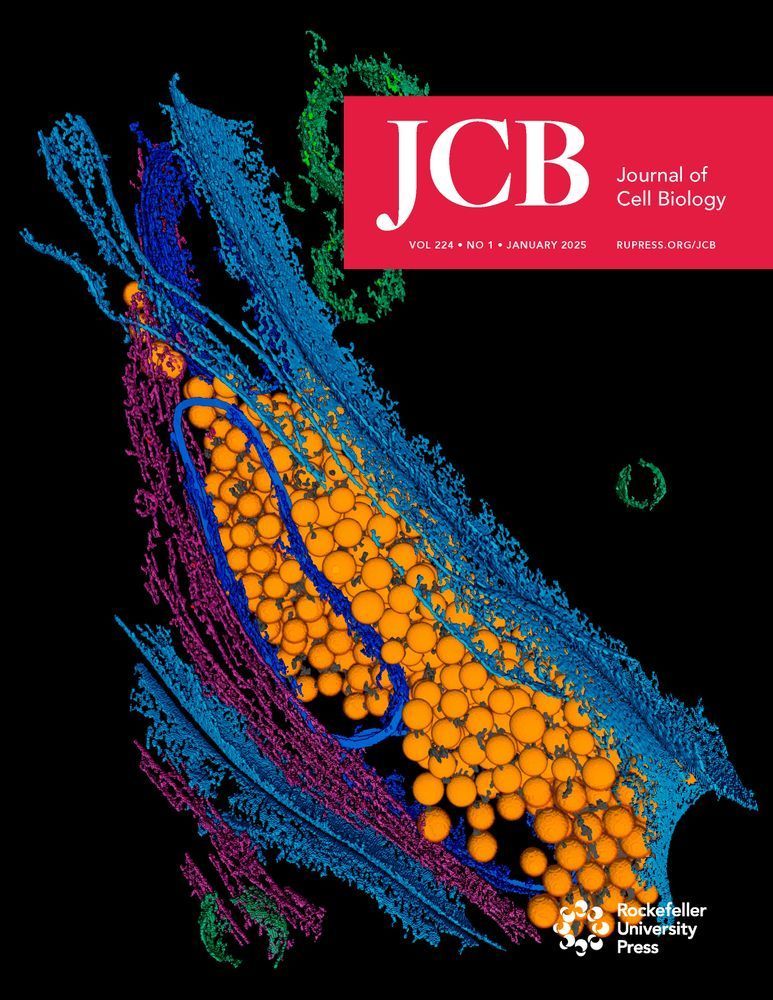
JCB's January issue is here ✨ https://buff.ly/3ZZLqwE
www.biorxiv.org/content/10.1...

www.biorxiv.org/content/10.1...


